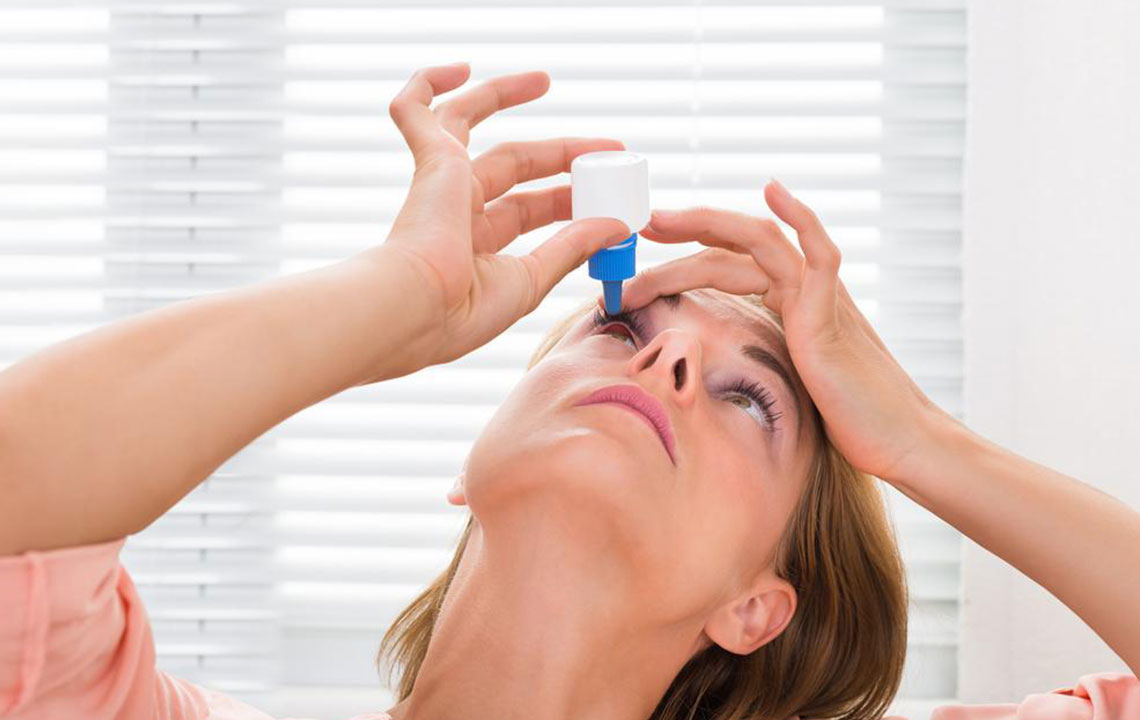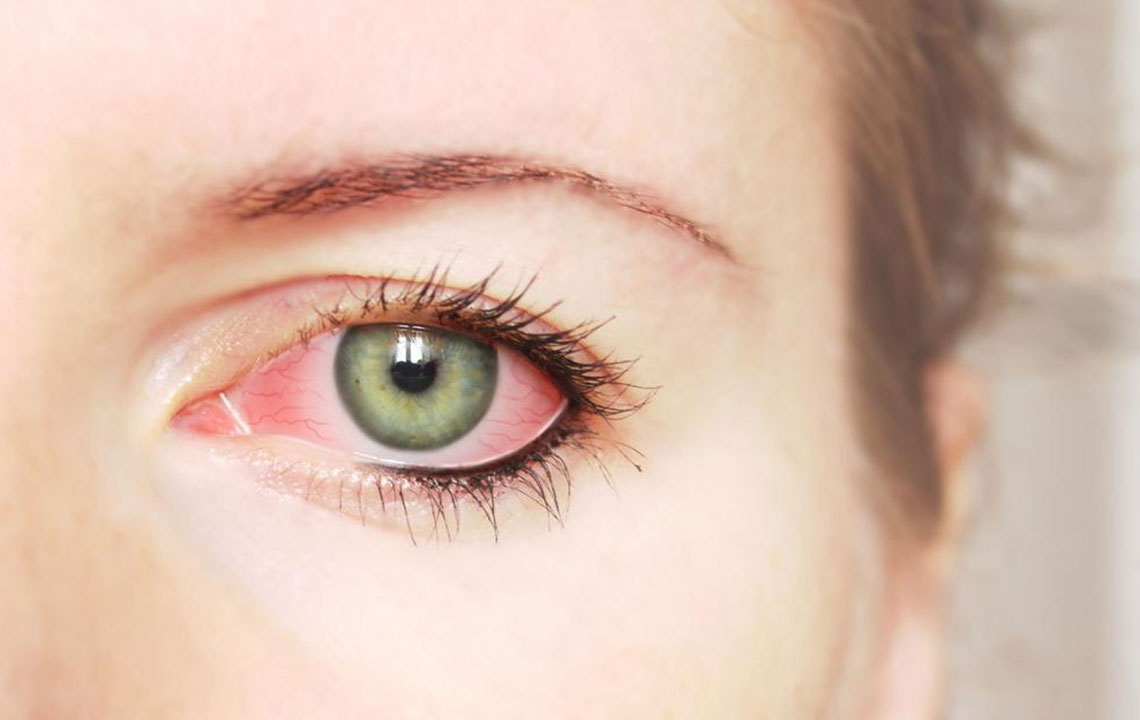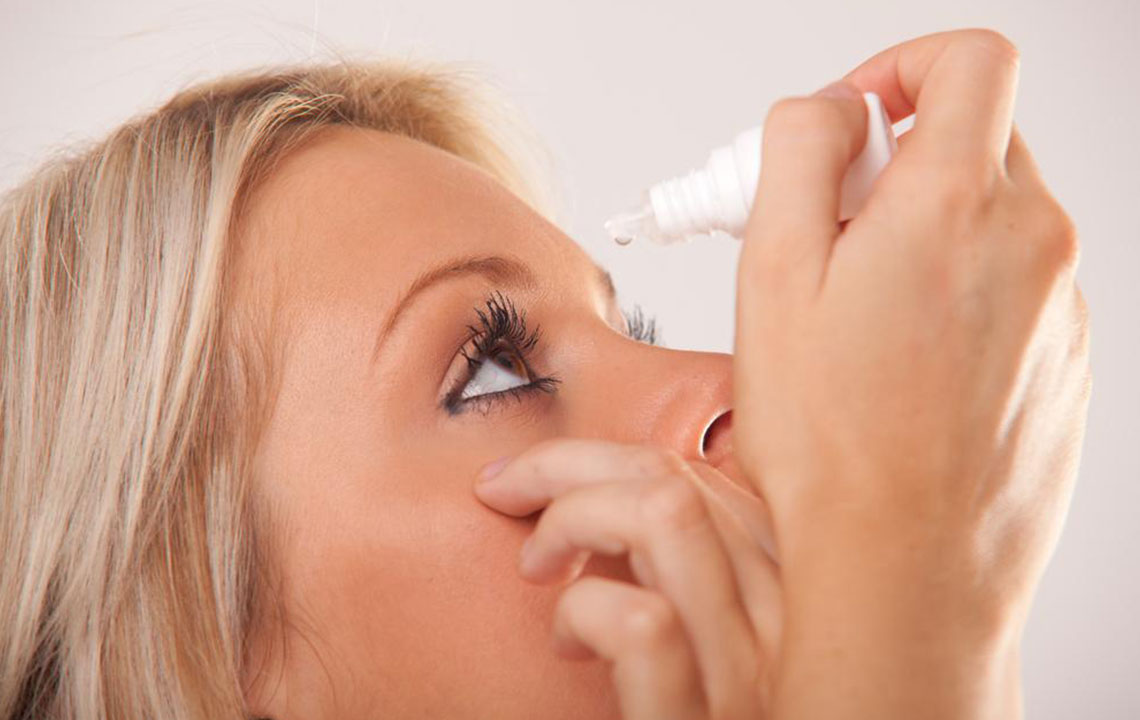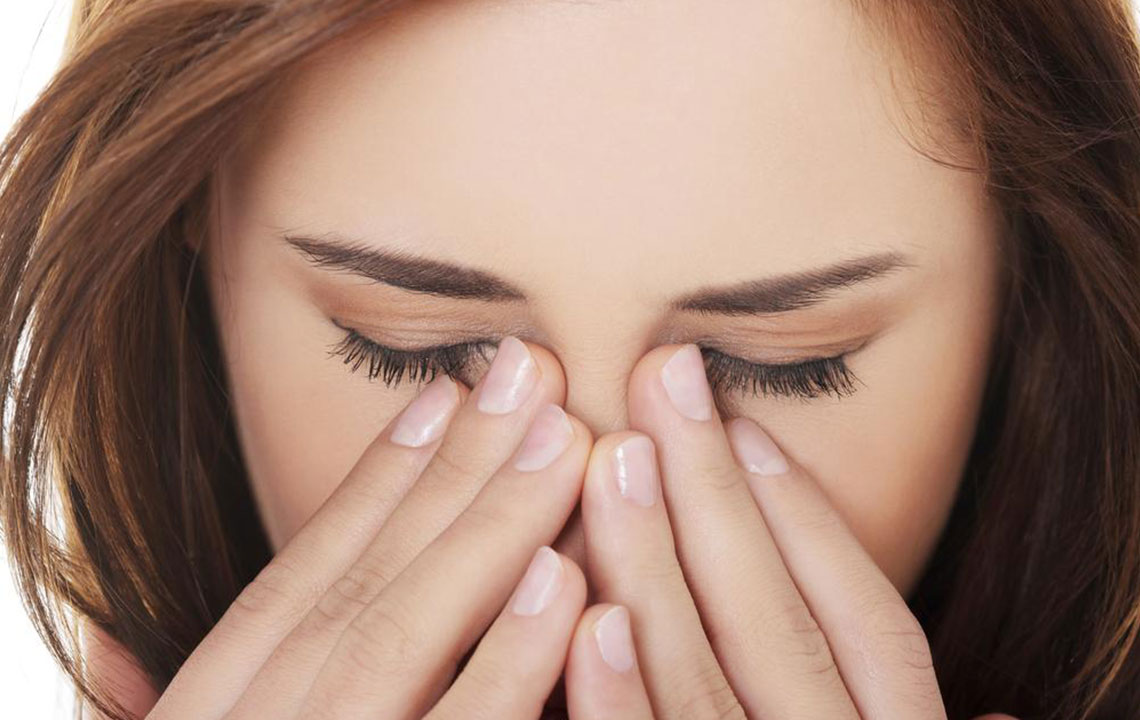Effective Strategies for Treating Red Eyes
Discover effective methods to treat red eyes, including warm and cold compresses, eye drops, and lifestyle adjustments. Understanding the cause ensures proper care for conditions like conjunctivitis, allergies, and hemorrhages. Seek professional advice for lasting relief and maintain eye health through suitable treatments and preventive measures.
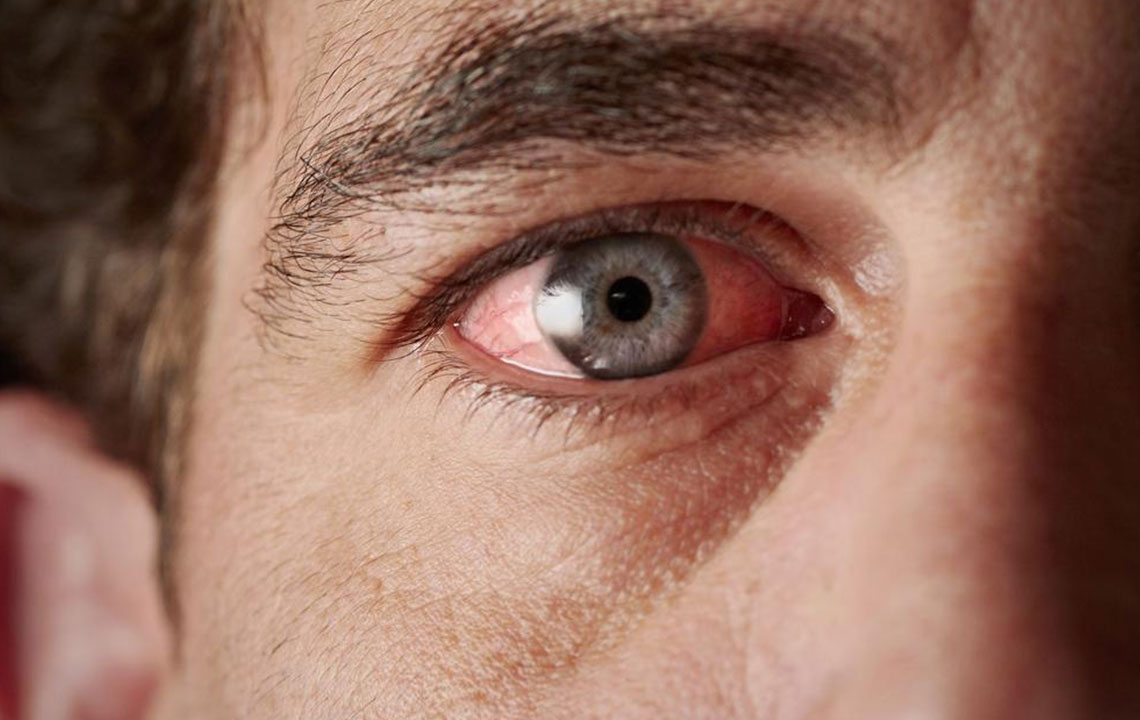
Effective Strategies for Treating Red Eyes
Our eyes are constantly exposed to environmental factors like dust, weather, and temperature changes, which can cause discomfort and redness. Red eyes may result from infections, allergies, foreign debris, or broken blood vessels. While often temporary, understanding the cause is crucial for effective treatment.
Common causes include conjunctivitis (pink eye), allergens such as pollen or pet dander, blepharitis, and subconjunctival hemorrhages from minor injuries. Diagnosing the root cause guides appropriate treatment options.
Conjunctivitis (Pink Eye)
This eye inflammation occurs in allergic, viral, or bacterial forms and is highly contagious. Proper diagnosis by a healthcare professional is essential for targeted treatment.
Allergic Reactions
Pollen, mold, and pet dander trigger allergic responses, releasing histamines that cause eye dryness, swelling, and redness.
Blepharitis
An inflammatory eyelid condition leading to redness, itching, and flaking.
Subconjunctival Hemorrhage
A small blood vessel can burst due to coughing, sneezing, or minor trauma, resulting in a visible red patch in the eye. Use of blood thinners and hypertension can increase risk.
Red Eye Treatment Options
Treatment varies based on the cause and may include:
Warm Compresses
Applying a warm, damp cloth to the eyes for about 10 minutes helps increase blood flow and stimulate oil production in the eyelids, alleviating conditions like blepharitis.
Cold Compresses
Using a cool, damp cloth or ice pack wrapped in a cloth can reduce inflammation, soothe itchiness, and lessen swelling, especially beneficial for viral or allergic conjunctivitis. Ice cubes in a cloth can be applied for 4-5 minutes if no commercial packs are available.
Eye Drops
Always consult a healthcare provider before use. Different eye drops serve different purposes; antihistamines are effective for allergies, while constricting drops reduce redness. For contact lens wearers, preservative-free formulations are recommended to avoid irritation.
Additional Treatments
For infections, antibiotics prescribed by a doctor may be necessary. Be cautious with medicated drops to avoid dependency or adverse reactions.
Long-Term Management
Switch contacts and solutions if irritation persists
Maintain a diet low in processed foods and high in omega-3-rich foods such as fish and nuts
Avoid environments with pollen, smoke, or other irritants
Always seek medical advice before starting any new treatment to prevent worsening conditions
Note:
The information provided aims to offer practical insights across various eye health topics. Always consult an eye care professional for accurate diagnosis and personalized treatment. The content isn't a substitute for medical advice, and readers should seek professional guidance before making treatment decisions.

